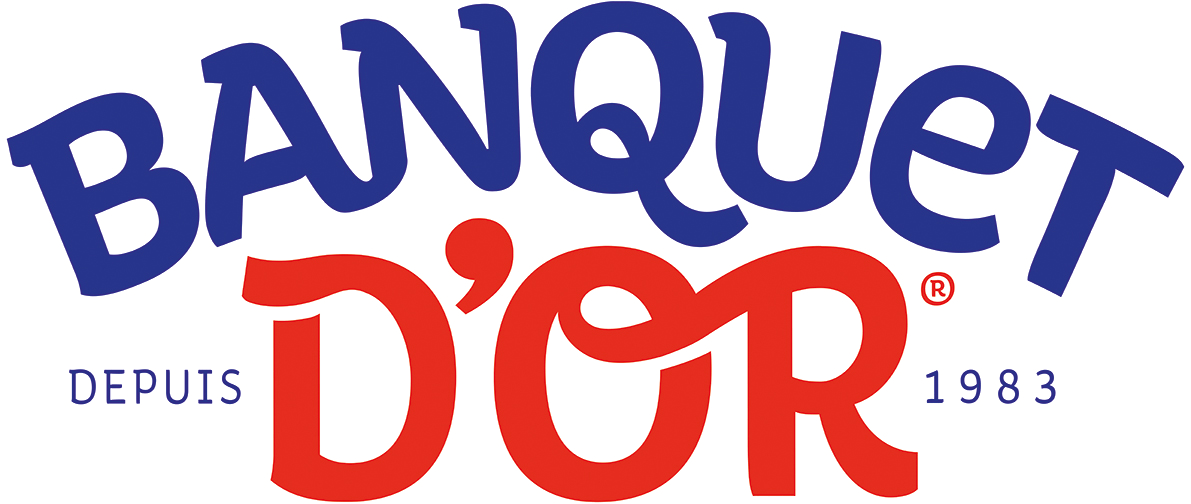Transatlantic bakery traditions
Vandemoortele and its Banquet d’Or have established bakery market impressions around the world, and most recently in the U.S.
Douglas J. Peckenpaugh, Group Editorial Director
Countries around the world offer unique perspectives through their bakery traditions. Sometimes, the differences are slight—but perhaps culturally meaningful. Other variances stand out with distinct poignancy, resonating, and leaving cultural impressions in their wake.
Collectively—and in the right hands—this market intelligence and experience opens doors to new market opportunities. And the multinational bakery company Vandemoortele, based in Ghent, Belgium, is uniquely positioned to bring fresh perspectives to its global customer base, helping shape our world’s continually expanding cultural exchange through food.
AT A GLANCE
Company: Vandemoortele
Headquarters: Ghent, Belgium
Global website: https://vandemoortele.com
Vandemoortele USA website: https://banquetdor.com
Number of employees: 5,100+
Products: Breads, baguettes, sourdough, bagels, buns, rolls, patisserie, cakes, pizza, flatbreads, pastries, croissants, doughnuts, muffins, cookies, brownies, ingredients
Bakery brands: Banquet d’Or, Bake’Up, My Originals!, Lanterna, la Patisserie du Chef, Les Pains Perenes de Roland Cottes, Lanterna, Croustico
KEY PERSONNEL
Yvon Guérin, CEO, Vandemoortele Group
Sabine Sagaert, Managing Director, Bakery Products
Filip Goethals, General Manager, Bakery Products, Europe & USA
Wim Martens, International Commercial Manager, Croustico & USA Bakery Products
Filip Eeckhout, International Marketing Manager, Croustico & USA Bakery Products
Johan Coppens, Culinary Advisor, Master Baker, Vandemoortele
Raoul Dexters, General Manager, Vandemoortele USA
Deep roots
Vandemoortele is a European family food business with a long heritage of passionate entrepreneurship and innovation. The company traces its roots to 1899, when Constant Vandemoortele and his son Adhémar established the company, initially as a farming venture focused on cultivating linseed and rapeseed.
“Farming was a primary industry during that time period, and seeds became a useful byproduct,” says Filip Goethals, general manager, bakery products, Europe and USA. “They decided to crush the seeds and sell it for cattle feed. That was the start of extracting the oils from plant seeds, which led to selling oilseeds into food ingredient processing.”
It was the next generation of the Vendemoortele family, including Jean, Joseph, and Raymond, who facilitated this business diversification, bringing vertical integration into the business through oilseed processing and refinement. “In the early 1950s Raymond, part of the younger Vandemoortele generation, began making margarine from oils, then artificial butter and sauces,” says Wim Martens, international commercial manager, Croustico and USA bakery products.
By the next decade, Vandemoortele expanded its reach further, with addition of value-added bakery ingredients. “In the 1960s, Vandemoortele started to create new added-value products for bakeries, such as dough and puff pastry,” says Goethals. “These products began to make the baker’s life easier. Vandemoortele began turning margarine into frozen sheets to make it easier for the baker in the laminating process. Soon after, we asked ‘Why wouldn’t we sell the already-layered dough and butter combo?’”
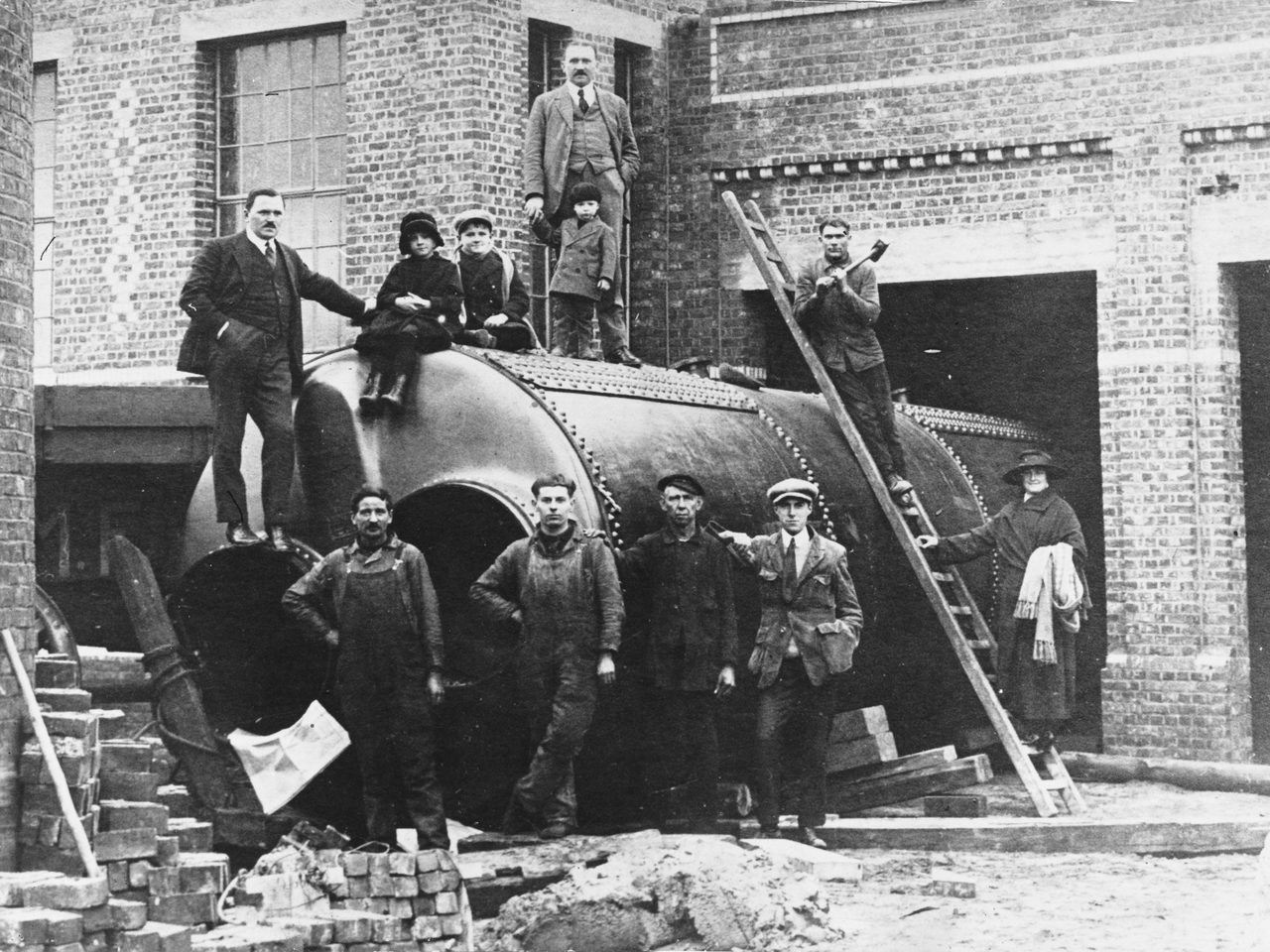
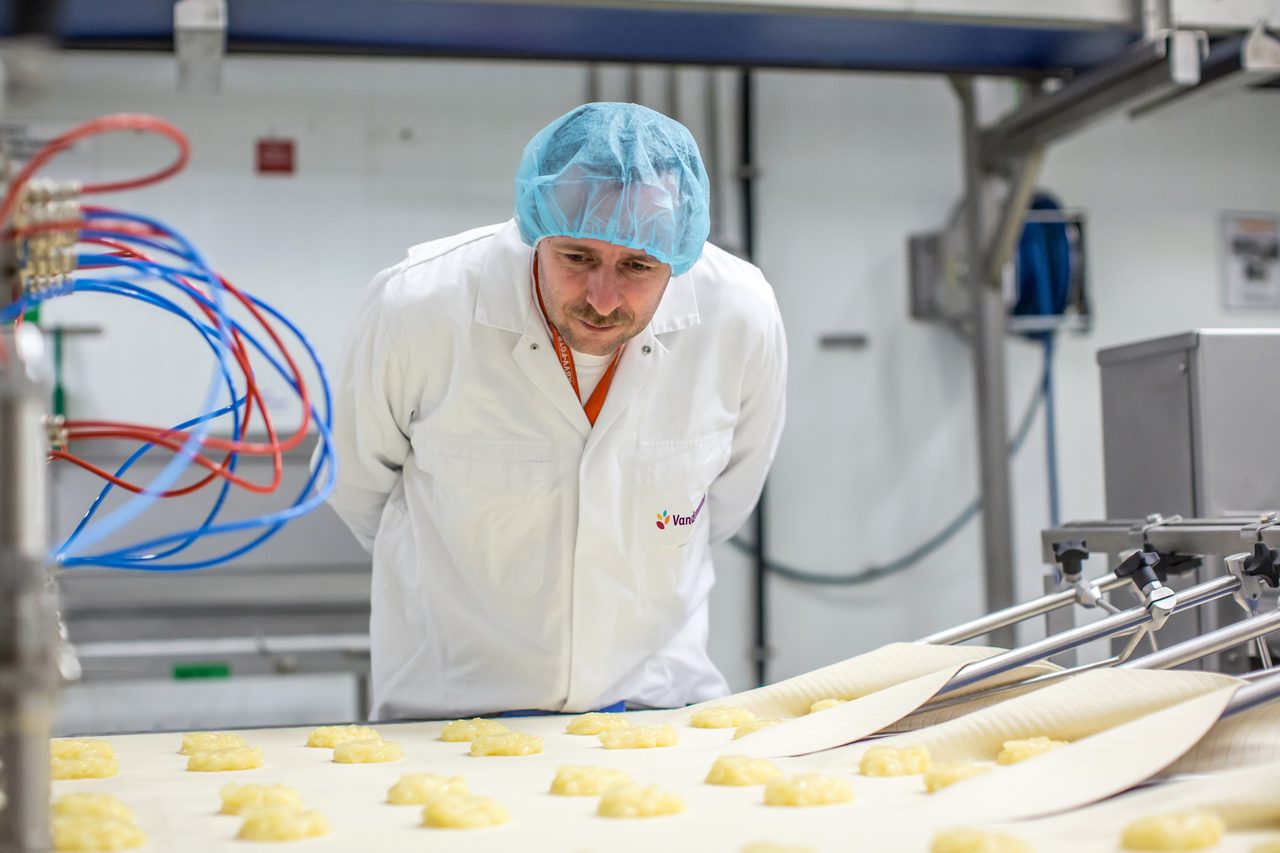



At that point, the fertile ground established by Vandemoortele through these diversified efforts was ready for added bounty. “After the sheets were successful, we expanded into bakery with croissants,” continues Goethals. It was a natural fit.
Global growth continued throughout the ensuing decades, with a notable expansion beginning in 1998. “The new factory was built in 1998 in Ghent, Belgium, and then Vandemoortele continued to open additional plants in eastern Germany, the United Kingdom, and France,” says Martens. “Our expansion has always been a combination of buying competitors in areas such as bread and pastry, and diversifying bakery lines, such as doughnuts and additional pâtisserie products.”
Uniquely Belgian
The geographical location of Vandemoortele’s headquarters allows for significant cross-cultural ideation. “Being bordered by German eating cultures and Roman eating cultures has allowed us to test out new products,” says Martens. And because Belgium is a small country, it allows for quick expansion over borders. “We’re a two-hour drive from half of Europe,” he says.
Courtesy of Vandemoortele
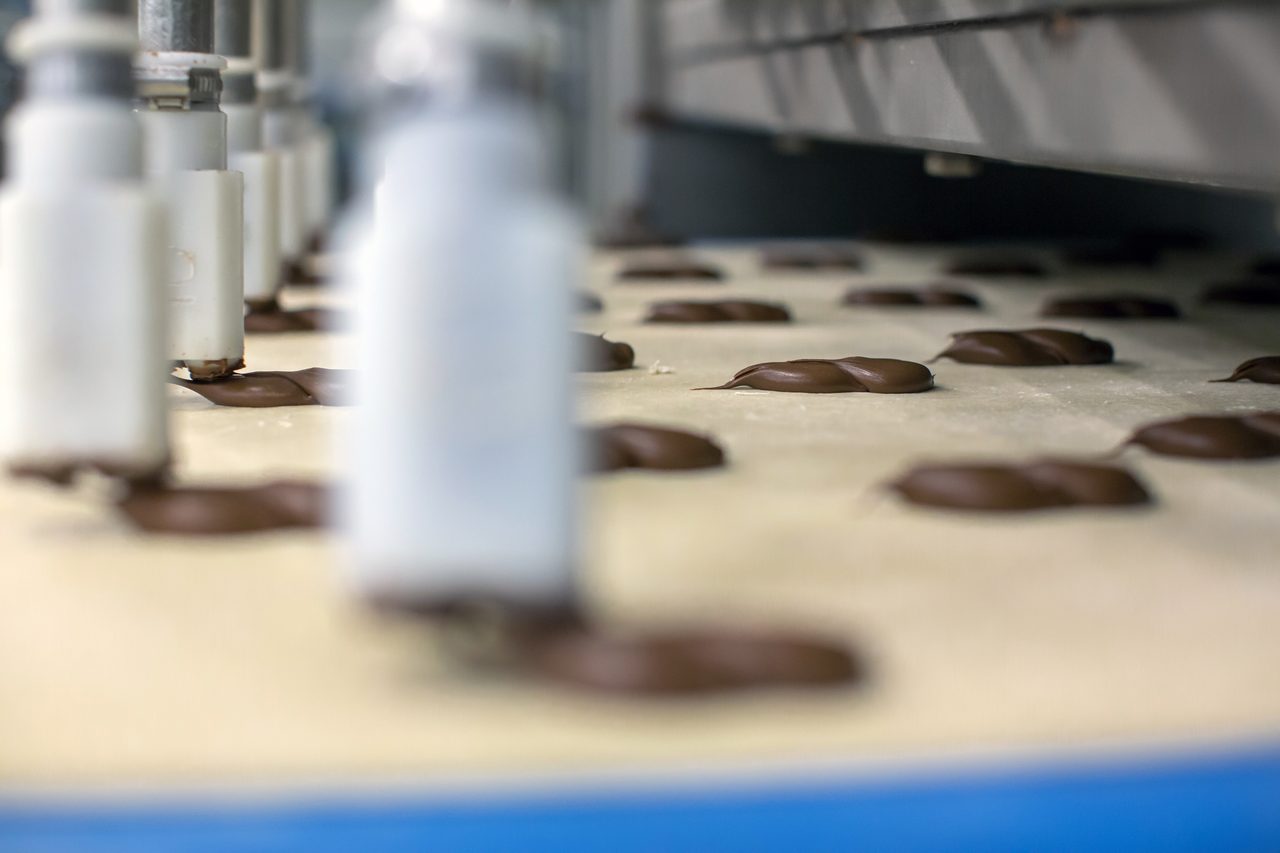
The Vandemoortele Food Experience Center, located at headquarters in Ghent, is a sustainable, state-of-the art building with a baking kitchen and office space used for innovation and customer collaboration, says Dexters. “Our team of highly skilled bakers are a part of that experience. Having our Master Baker on site is part of what makes that building extra-special.”
As the bakery fats and oils market continued to grow more consolidated through the years, Vandemoortele has focused expansion efforts on its baked goods business, which is now double the size of its ingredients division.
In 2019, Vandemoortele reported sales of €1.4 billion. The company, which employs 5,200 individuals, has distribution in 12 European countries, each with its own sales offices and sometimes production. Europe is home to 34 total production sites, and the company exports products from Europe to 95 countries around the world, most recently adding distribution to the U.S.
Old World meets New
Vandemoortele offers a wide range of bakery products, including breads, baguettes, sourdough, bagels, buns, rolls, patisserie, cakes, pizza, flatbreads, pastries, croissants, doughnuts, muffins, cookies, and brownies. Its croissants, French-style pastries, and authentic Italian focaccia are the most-popular products in the European market.
Raoul Dexters, general manager Vandemoortele USA, notes Vandemoortele is a major power player in the European doughnut market.
“France, Italy, and Belgium are the top European markets,” says Goethals. “We have good positions in other markets, but these three are leading, along with rapid expansion in the U.S.” He notes this strong growth in the U.S. market is due to growing interest in original European-quality products.
Vandemoortele maintains a classic clean label approach toward its entire lineup of bakery products, following a formulation rubric of:
Courtesy of Vandemoortele
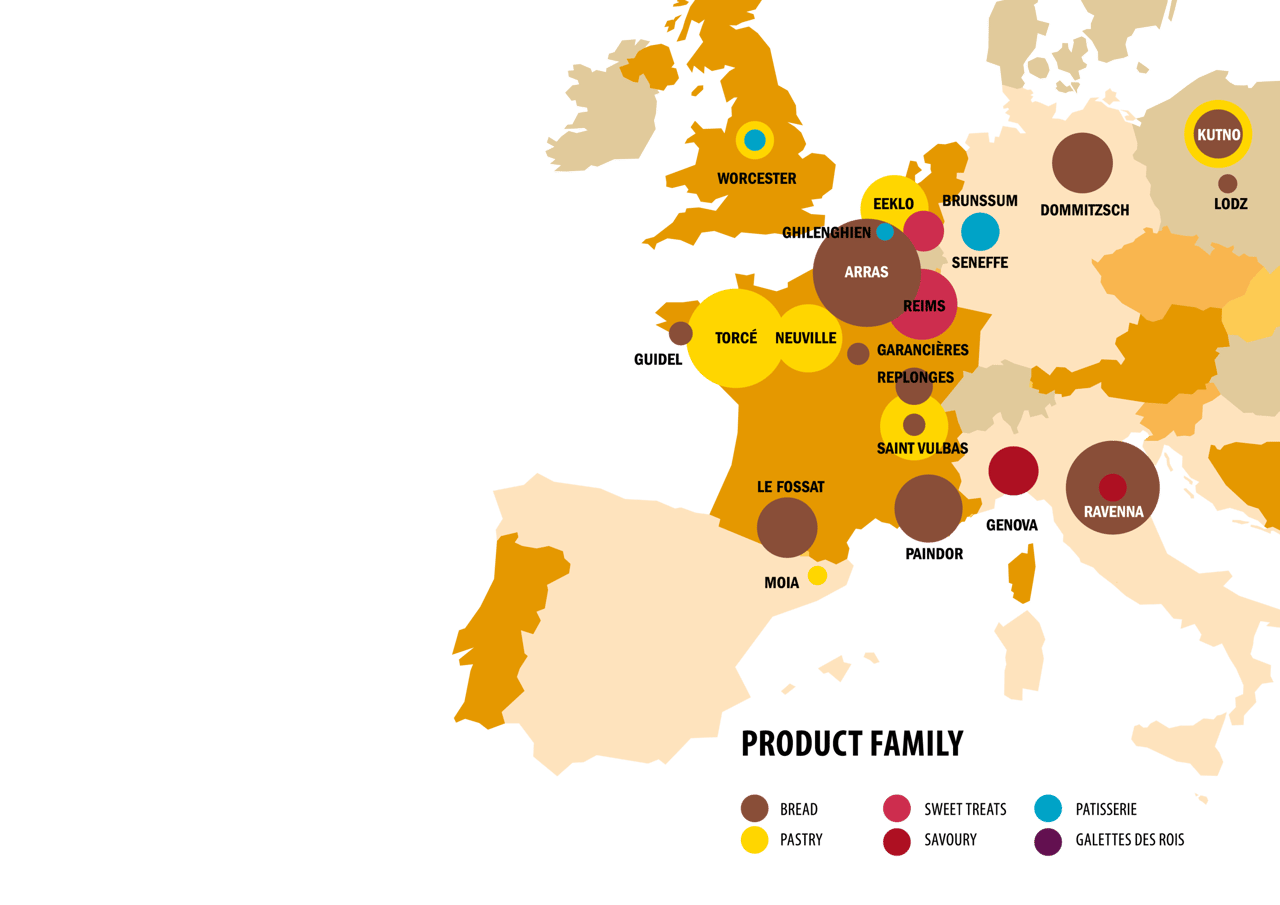
- No artificial colorants
- No preservatives
- No hydrogenated oils or fats
- No high-fructose corn syrup
- No chemically modified starch
Where necessary, and for functional reasons, the bakery will add:
- Natural flavors
- Carotenes
- Ascorbic acid
- Citric acid
- Emulsifiers
- Leavening
Courtesy of Vandemoortele
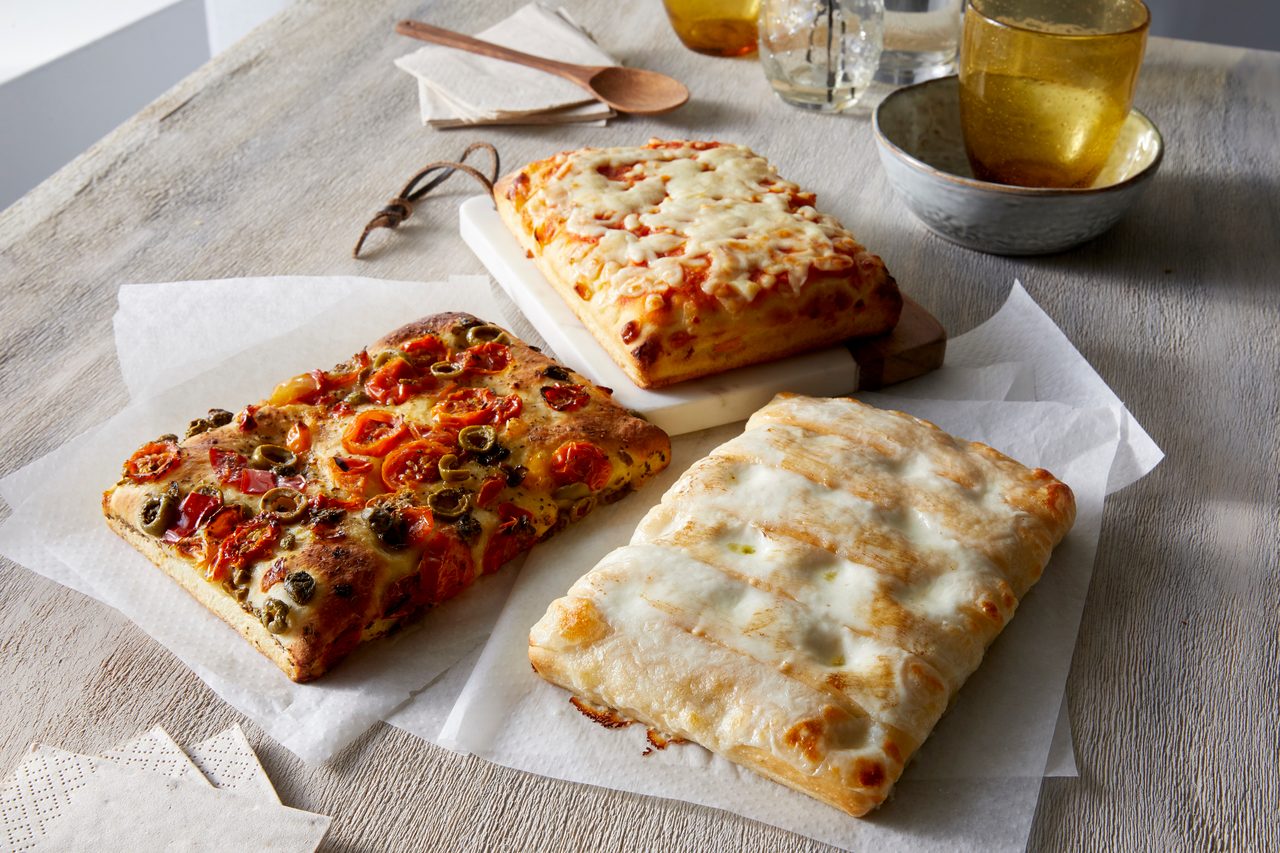
Vandemoortele offers its products frozen, utilizing advanced processing and distribution technologies. “Our goal is to bring more convenience to our customers, and our ongoing technological innovation continues to work toward that purpose,” says Goethals. “Originally, products were raw and needed to be proofed by the customer. Now we actually do the proofing in the factory. We’ll also bake the bread and doughnuts, but at the end, we always freeze the product so it remains fresh.”
Introduction of this pre-proofed bakery technology has served as a catalyst for growth, streamlining the bakery process for end users, such as retail in-store bakery or foodservice programs. “Our Bake’Up technology, patented in 2018, brings more convenience to our customers, allowing them to skip the proofing stage and go straight to baking,” says Dexters. Bake’Up products go straight from the freezer to the oven.
Bake’Up products are also about 60 percent smaller, which helps reduce storage and logistics costs.
Across its supply and distribution chain, Vandemoortele strives to reduce its carbon emissions to zero, including efforts to eliminate food waste and a focus on circular packaging, minimizing single-use plastics. All direct suppliers to Vandemoortele must sign a “Supplier Code of Conduct” that includes the stipulation to conduct business in a manner that reduces environmental impact.
Bakery technologies continue evolving, and Vandemoortele has made strategic investments in equipment to stay competitive. The approach builds on traditional methods while keeping the same quality standards on industrial scale, notes Goethals. “We respect the authentic bakery methods and use technology and automation where is makes sense. We have robotics mostly in packaging area, because we are always visually inspecting and testing for quality control.”
Throughout its growth, artisanal quality has guided product development, notes Martens. “Our very first bakery product customers were artisanal bakers in Europe, so the quality had to be high. High quality has always been in our blood and DNA.”
Courtesy of Vandemoortele, Banquet d'Or
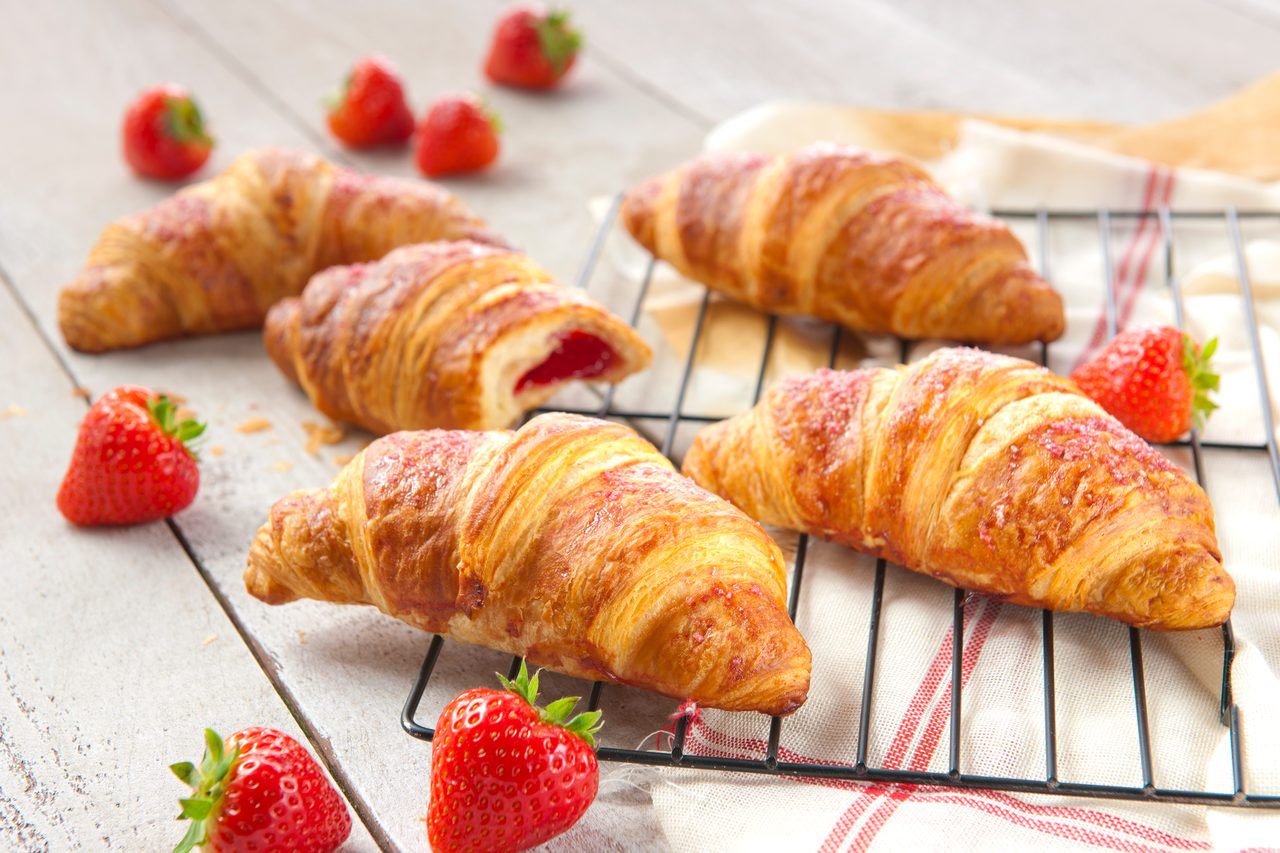
American artisanal interest
The assortment of Banquet d’Or products introduced to the U.S. market is driven by consumer demand, notes Dexters. “Currently, the focus is on our French-heritage products like our pastries and croissants. There’s also a high demand for authentic Italian focaccia.”
However, this is not a static equation. Every market niche dictates its own opportunities. “We look at the market and our line and determine which products we can make a difference with,” says Filip Eeckhout, international marketing manager Croustico and USA bakery products.
While establishing production in the U.S. is a possibility for the future, Vandemoortele currently imports all product into the U.S. market. “We’re always exploring the opportunities,” says Dexters.
Courtesy of Vandemoortele, Banquet d'Or


